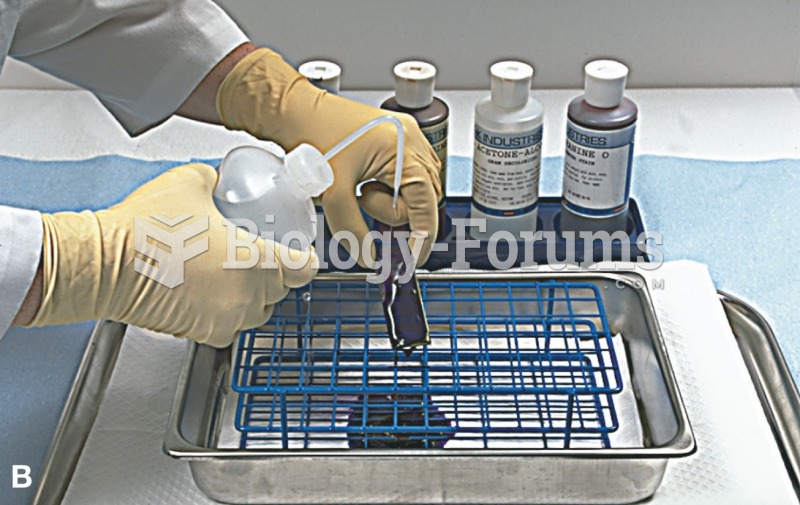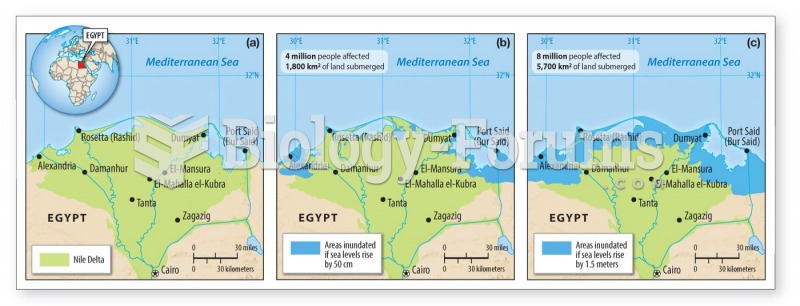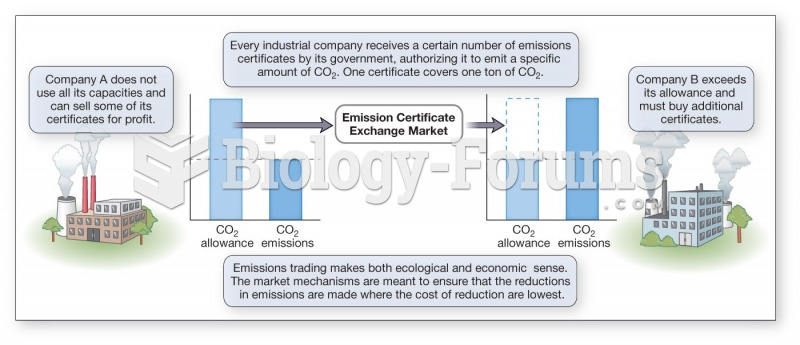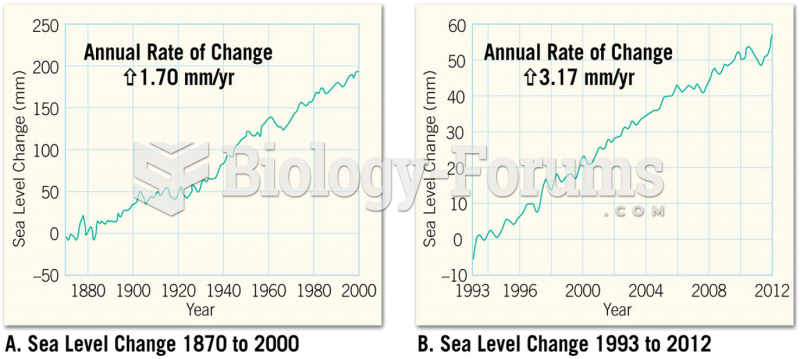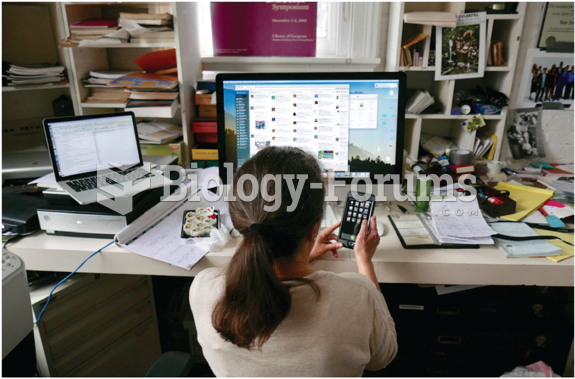Answer to Question 1
According to the Yerkes-Dodson Law we know that optimal task performance occurs at the mid-level of excitement or what has been referred to as diffuse physiological arousal. At low levels, for example when we are bored, performance levels are also low. At high levels, for example when we are experiencing extreme stress, our performance levels suffer. Therefore, we need sufficient diffuse physiological arousal to rise to the challenge, but not so much as to become overwhelmed by it.
The goal of stress management then is to maintain stress reactions within this optimal zone rather than adopting unrealistic goals such as totally eliminating stressors or stress reactions. People are most satisfied when they are neither under-stimulated nor over-stimulated for extended periods of time. It's like the Goldilocks theory of not wanting her bowl of porridge to be too hot or too cold but just right. We are most satisfied with the just right level of stimulation and diffuse physiological reaction.
Answer to Question 2
Comprehensibility indicates the degree to which we can make cognitive sense of the stimuli we perceive. The more consistent and predictable our experiences have been, the more we can make sense of them and understand how to adapt to future similar stimuli. We can mentally make order out of chaos. Manageability refers to our ability to access internal and external coping resources and use them when we need them. The more success we have had in our experiential history of coping with demands, the stronger our sense of manageability. Finally, meaningfulness alludes to our ability to emotionally make sense of demands and to perceive these demands as worthwhile investments of our energy, as challenges rather than burdens.
Antonovsky views meaningfulness as the most important component of the three, followed by comprehensibility, and then manageability. Without meaningfulness, the other two can only lead to short-term benefits. Meaningfulness provides the fuel and motivation to consistently invest our energy in making sense of chaos and transforming our coping resources, our GRRs, into benefits.


